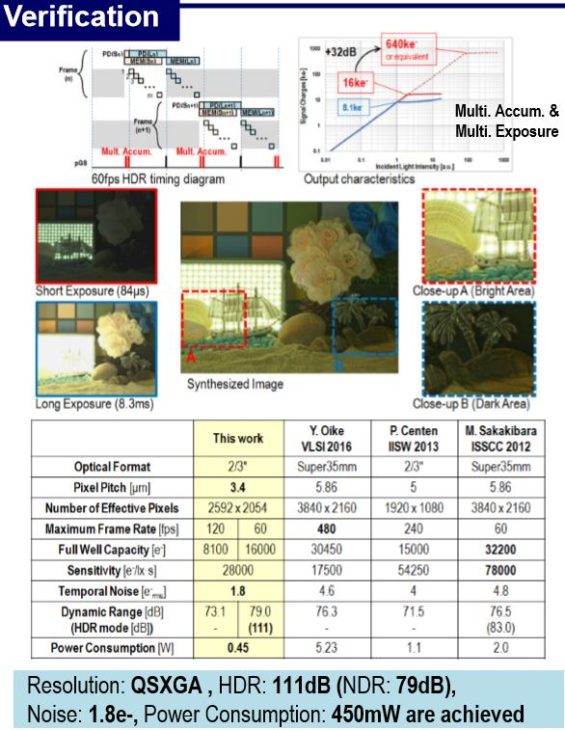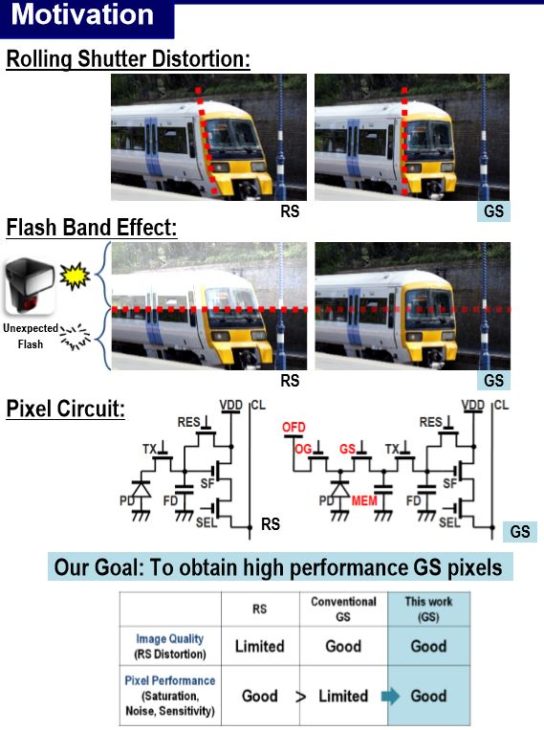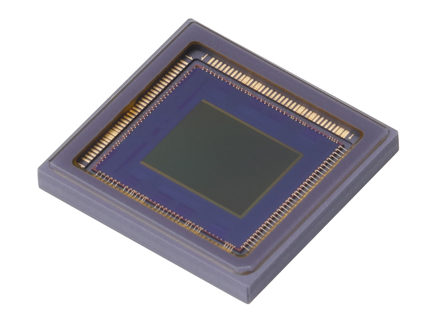Canon research publishes paper on global shutter sensor
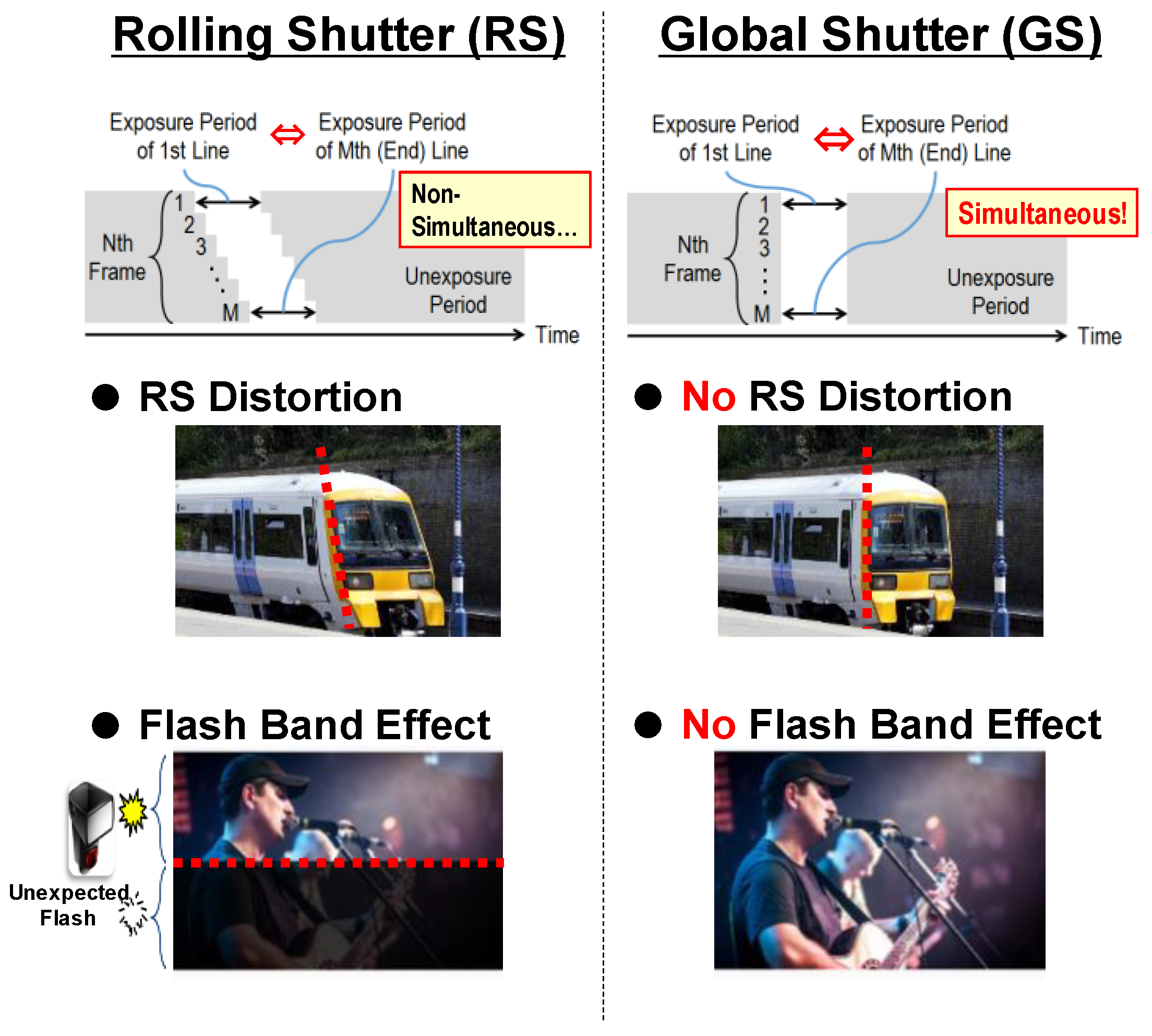 Canon’s research division posted a paper named “Development of Gentle Slope Light Guide Structure in a 3.4 μm Pixel Pitch Global Shutter CMOS Image Sensor with Multiple Accumulation Shutter Technology” (Hiroshi Sekine, Masahiro Kobayashi, Yusuke Onuki, Kazunari Kawabata, Toshiki Tsuboi, Yasushi Matsuno, Hidekazu Takahashi, Shunsuke Inoue, and Takeshi Ishikawa).
Canon’s research division posted a paper named “Development of Gentle Slope Light Guide Structure in a 3.4 μm Pixel Pitch Global Shutter CMOS Image Sensor with Multiple Accumulation Shutter Technology” (Hiroshi Sekine, Masahiro Kobayashi, Yusuke Onuki, Kazunari Kawabata, Toshiki Tsuboi, Yasushi Matsuno, Hidekazu Takahashi, Shunsuke Inoue, and Takeshi Ishikawa).
The paper describes a concept for a global shutter sensor. The paper’s abstract states:
CMOS image sensors (CISs) with global shutter (GS) function are strongly required in order to avoid image degradation. However, CISs with GS function have generally been inferior to the rolling shutter (RS) CIS in performance, because they have more components. This problem is remarkable in small pixel pitch. The newly developed 3.4 µm pitch GS CIS solves this problem by using multiple accumulation shutter technology and the gentle slope light guide structure. As a result, the developed GS pixel achieves 1.8 e− temporal noise and 16,200 e−full well capacity with charge domain memory in 120 fps operation. The sensitivity and parasitic light sensitivity are 28,000 e−/lx·s and −89 dB, respectively. Moreover, the incident light angle dependence of sensitivity and parasitic light sensitivity are improved by the gentle slope light guide structure.
Canon’s approach to the issue is two-fold (see also the picture after the quoted text):
[…] two key techniques to realize superior optical characteristics while suppressing the reduction of saturation more than the conventional GS pixels. The first technique is the multiple accumulation shutter technology. This technique improves pixel saturation. The second technique is the light guide structure. This technique improves optical performance. As a premise of adopting these two techniques, we first explain the idea of saturation allocation that is important in these techniques.
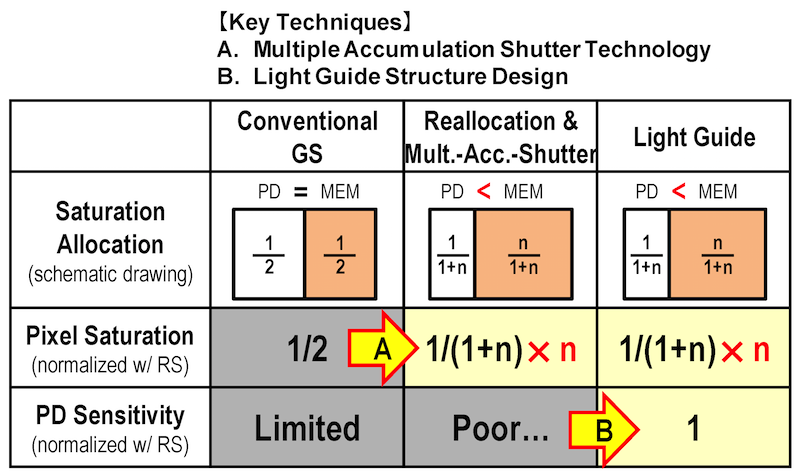
The research paper is publicly available here, and was spotted by Image Sensors World.


